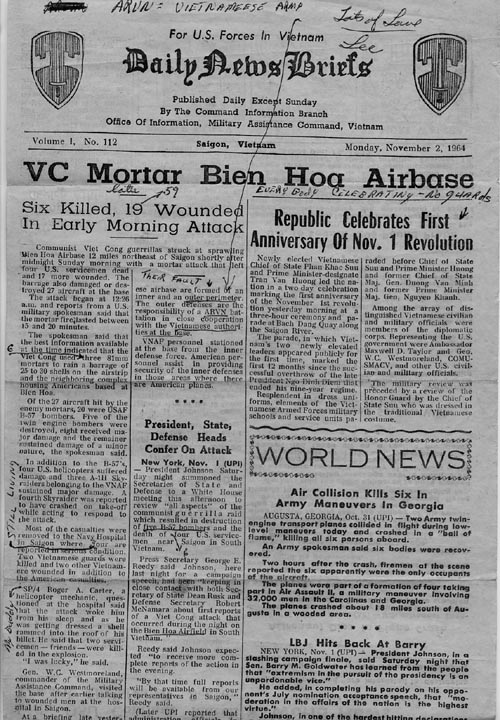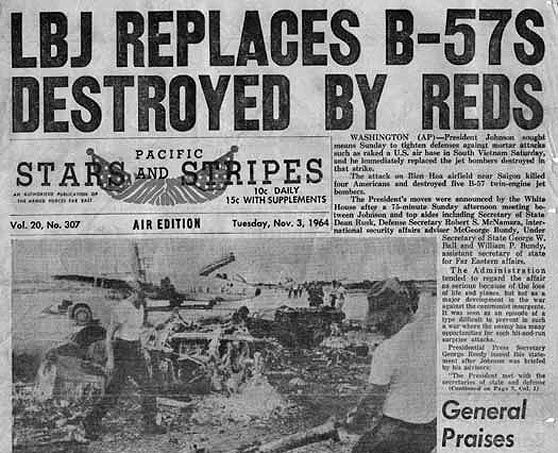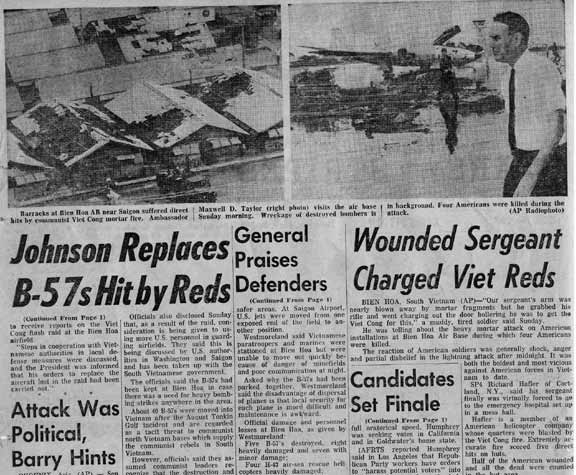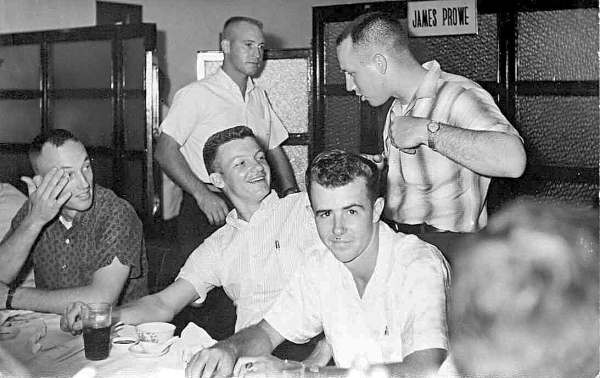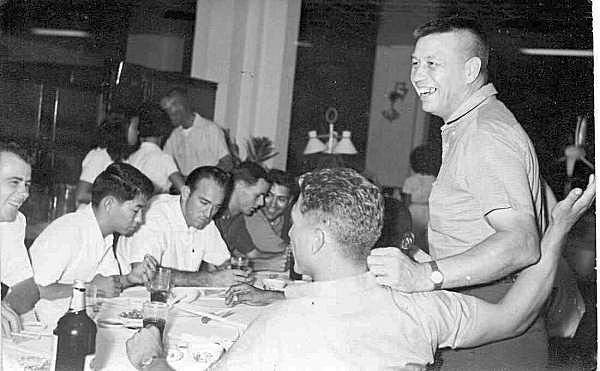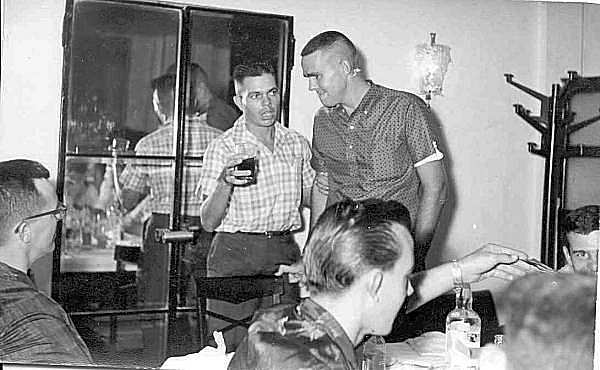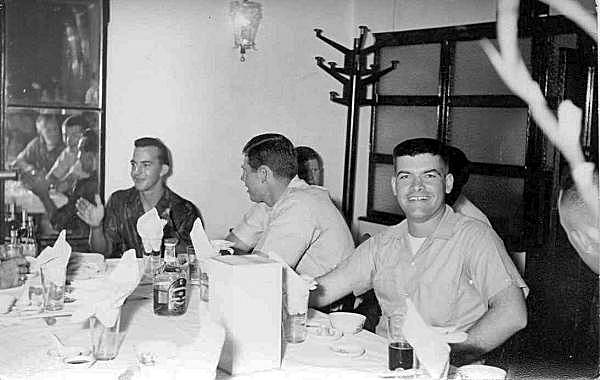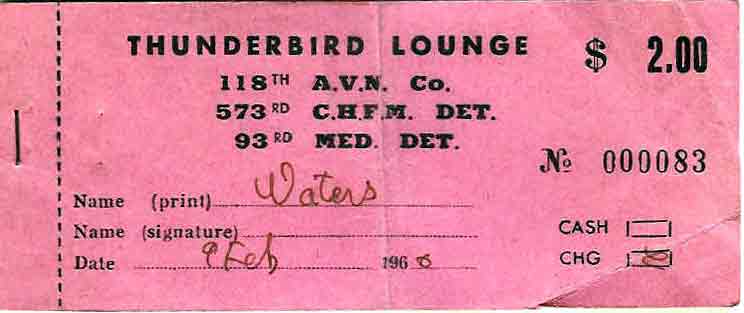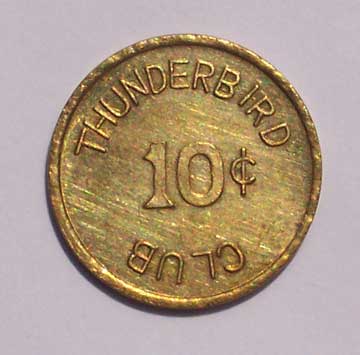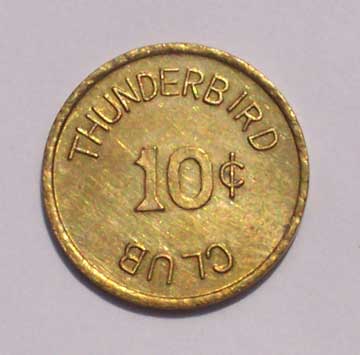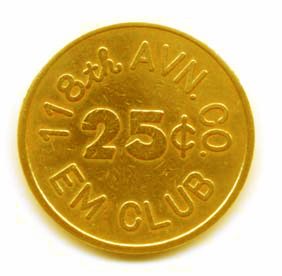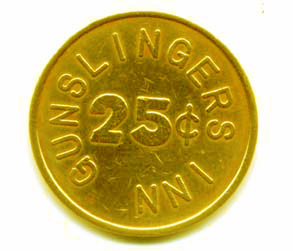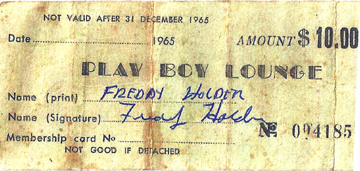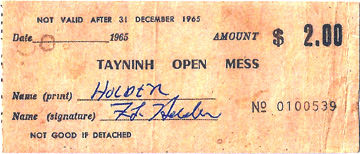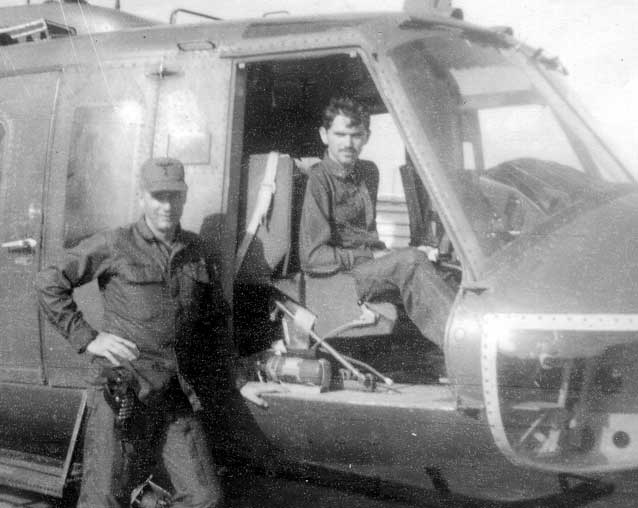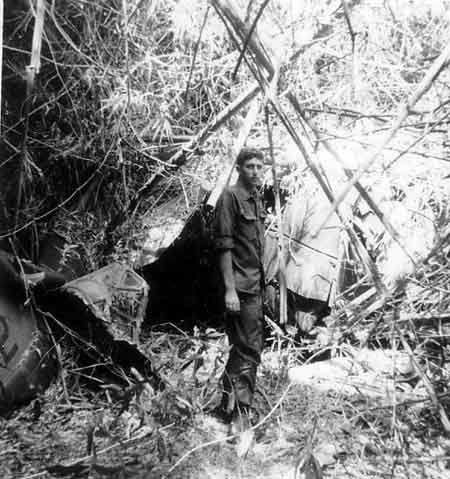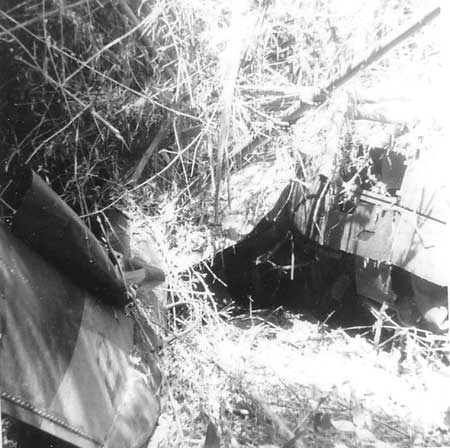As the article said
there were no revetments at the time and the choppers were just
parked in a line with the rotor blades tied down and secured
to the tail hook. As I recalled after the attack started, the
pilots were taken from Cong Ly by truck to the airfield to attempt
to get the Hueys in the air. I don't remember if we were assigned
aircraft at the time or if we just got in and whatever crew was
available and took off. I don't recall if anyone else was in
the aircraft with me or not. But I remember jumping in to the
left seat and pushing in the two circuit breakers and attempting
a start. In the excitement of the moment I didn't think about
untying the rotor blade and watched the gauges as I almost had
a meltdown. After jumping out and releasing the rotor, I managed
to take off, but I don't know if we actually went somewhere or
just flew around the base. I do know that after that we tied
the rotor bade to the pilot's door so you couldn't get in without
untying it. (Let me add that if this was a usual night at Cong
Ly street, a lot of alcohol had probably been consumed, especially
since this was the a.m. after Halloween.)
I seem to remember that Lt Jim Viele was duty officer that night.
Also, it seems to me that WO Ernie Eubanks pulled the VNAF pilot
out of the burning A-1, which had crashed while attempting takeoff.
There was a story going around that one of our pilots, a WO Christensen
attempted to shoot the lock off the arms room with his .357 and
shot all around the lock while exclaiming that, " it always
worked in the movies." That may be lore that took on it's
own life, but made a good story anyway. I do know that the men
all had to lock up there weapons at night unless they were on
duty. |

